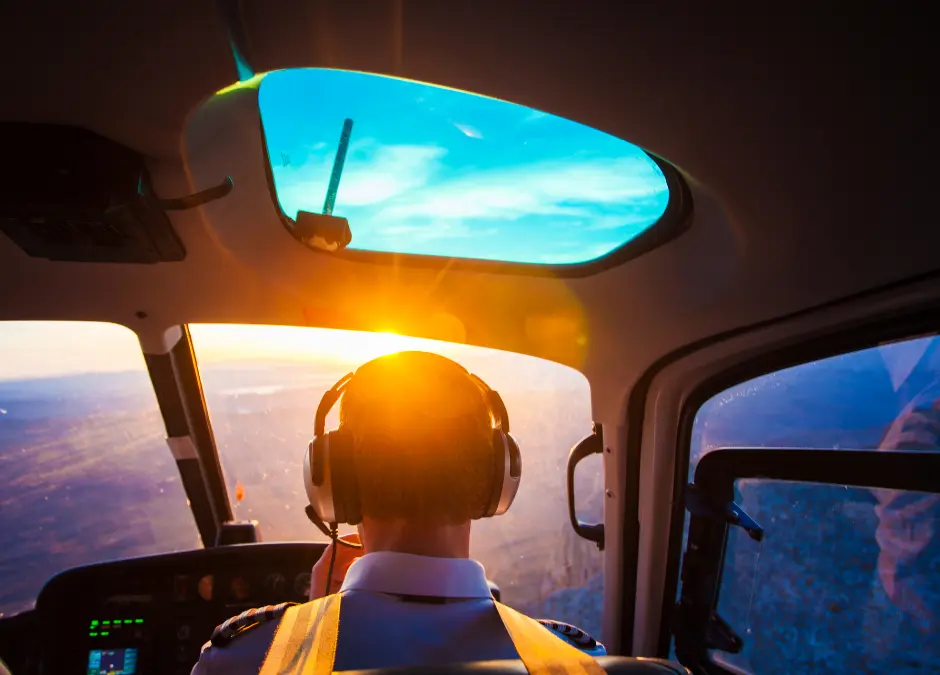
The world of flight is rewarding and joyous, beautiful and awe-inspiring. Once people experience their first moment in a cockpit, maneuvering an aircraft above stunning Californian landscapes, most are hooked, and several can’t wait to fly again. That’s why obtaining a private pilot’s license in California has become so popular in recent years.
The Private Pilot License (abbreviated PPL) is a pilot’s license to fly light, single-engine aircraft, often considered an entry-level pilot’s license. PPL certificates are the foundation upon which pilots build their love for flying. The PPL is the first of what may be many licenses and certificates pilots go on to obtain.
And while there are several licenses a pilot can train for, the PPL license is arguably the most important because it provides every pilot with the rudimentary skills, safety training, aeronautic fundamentals, and principles of expert flying.
Pilot licenses are only given out to people who can meet and accomplish several requirements, including:
Eligibility. Eligibility requirements include being over 17 years of age, being able to speak, read, and write fluent English, being of good health, and having a reasonable level of education (in particular, having an understanding of basic arithmetic).
Ground School Requirements. While in ground school, students will need to receive flight training in California to cover things like air law, principles of flight, aerodynamics, navigation, meteorology, human factors, aircraft systems, communications, aircraft performance, operations, and procedures.
Flight training. Students must get at least 40 hours of in-the-air training. While in the air, students will need to receive California flight training on flight controls, maneuvering an aircraft, taking off, landing, navigation, night flying, emergency procedures, recovery, and contingencies.
Flight time. Pilots’ experience is rated in terms of hours spent in the air. Of the 40 hours of flight time necessary to obtain a PPL, 20 hours must be spent in flight training with an instructor. Within those 20 hours, the student must perform three hours of cross-country flight, three hours of night training, one flight greater than 100 miles, ten full take-offs and landings, and three hours of flying on instruments.
Solo flying. To obtain a PPL, pilots must know how to fly solo. Requirements for this section of aircraft training include five hours of cross-country flight, a single flight longer than 150 miles while stopping at three different airports, and three take-offs and landings at a busy airport with air traffic control.
Because the PPL is truly the foundation of one’s lifetime of flight, it must be strong and well-founded before the pilot moves on to study other piloting courses and certifications. For a quality flight instruction experience in top-grade, luxury Cirrus aircraft, call Mach 1 at (818) 208-7990, email our front desk at frontdesk@flymach1.com, or submit a convenient contact form.